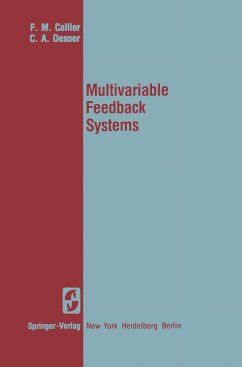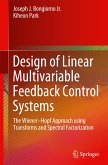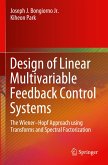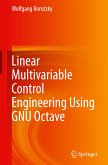This volume is the result of our teaching in the last few years of a first year graduate course on multivariable feedback systems addressed to control engineers. The prerequisites are modest: an undergraduate course in control (for acquaintance with concepts, terms, and design goals) and a senior-graduate course in linear systems. This volume covers lumped linear time-invariant multi-input multi-output systems with strong emphasis on control problems. The purpose is to provide a rapid introduction to some of the main and simpler results of control theory and to provide access to the current literature. Note that our exposition pays particular attention to the time-domain behavior of the systems under study. Note also that we cover neither optimization nor stochastic systems since these topics are treated in separate courses. As is obvious from its abundant literature, multivariable control is a very rapidly developing field. Consequently, we have no expectation that our exposition will become definitive; however, we hope that our efforts will be found useful. To get an idea of the contents, we suggest reading carefully the table of contents and the introduction of the chapters. Roughly, Chapter 1 is an introduction to feedback issues in a multivariable context (desensitization, large gain, singular values, etc. ). Chapters 2 and 3 cover the mathematical tools for handling transfer functions as polynomial-matrix fractions and for studying systems described by polynomial matrices. Chapter 4 uses these tools to cover the general theory of interconnected systems.
Hinweis: Dieser Artikel kann nur an eine deutsche Lieferadresse ausgeliefert werden.
Hinweis: Dieser Artikel kann nur an eine deutsche Lieferadresse ausgeliefert werden.








